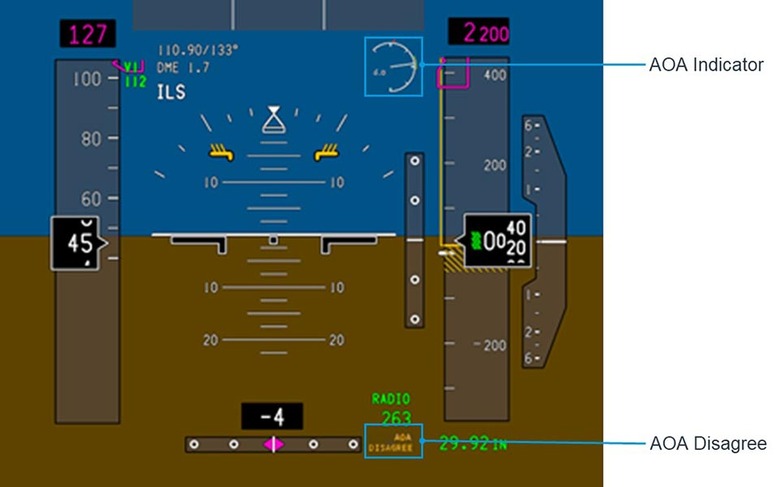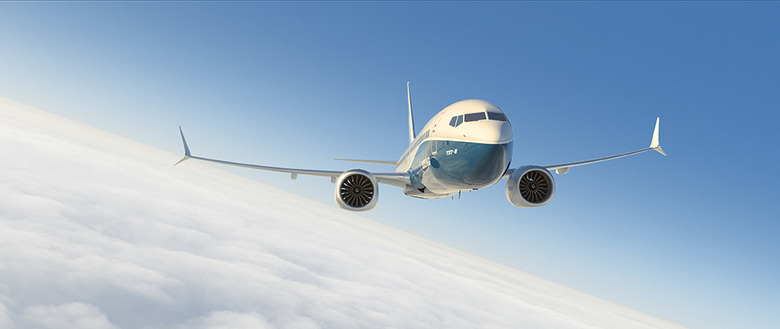Boeing 737 MAX Return To Service Roadmap Revealed
Boeing aims to have the 737 MAX back in the air from January 2020, with the troubled jet expected to resume deliveries from December of this year. The 737 MAX was grounded earlier in 2019 after two separate crashes, one in October 2018 and another in March 2019, which together caused a total of 346 deaths.
Amid passenger outcry, the airlines reacted quickly and one by one grounded their 737 MAX fleets. Exactly what caused the crashes was a source of speculation, but attention focused on the new Maneuvering Characteristics Augmentation System (MCAS) the aircraft is equipped with.
That's the system which can automatically lower the nose of the 737 MAX if a stall is deemed imminent. Boeing added it to the 737 MAX so as to accommodate a larger and more fuel efficient engine, which was also shifted slightly forward and higher on the body of the plane. The result was a 14-percent improvement in fuel economy, catnip to airlines, but also altered how the aircraft would handle in certain situations.

In those situations, the 737 MAX showed a tendency to lift its nose. The new MCAS used sensor data to identify when that might be happening during manual flight, automatically nudging the nose down. Notably, it's not necessarily cancelled even if the pilot moves the control yoke counter to how the MCAS is angling the plane, and even if the manual override for the MCAS is activated, the system could reactivate itself five seconds later.
Particular focus was placed on the sensors linked to the MCAS, and which trigger the system and its maneuvering actions. Only a single so-called angle of attack (AOA) sensor was fitted, leaving the MCAS dependent on one reading. Some experts argued that a second sensor should have been used, in case one delivered erroneous data and thus saw the 737 MAX adjust the angle of its nose in situations where a stall was not, in fact, likely. Boeing has said it plans to add a second sensor.
Boeing says the new 737 MAX software is already in testing
Now, Boeing insists that its software updates are ready. The company is dependent on the FAA and other regulatory authorities to give the green light for actual flights to resume, but says that it has a target of FAA certification for the new MAX flight control software updates sometime this quarter.
"Based on this schedule, it is possible that the resumption of MAX deliveries to airline customers could begin in December, after certification, when the FAA issues an Airworthiness Directive rescinding the grounding order," Boeing adds. "In parallel, we are working towards final validation of the updated training requirements, which must occur before the MAX returns to commercial service, and which we now expect to begin in January."

There's a five step process Boeing and the 737 MAX must complete, before the FAA will allow the plane back into service. First – and already completed this past week, Boeing says – is an FAA eCab Simulator Certification Session. Run across the course of several days, it's an eCab simulator evaluation designed to test the software updates both in normal and system failure situations.
After that will come a pilots crew workload evaluation, another multi-day simulator session that takes place with actual airline pilots. It's intended to assess human factor and crew workloads, across a variety of test conditions. Assuming that goes to plan, the 737 MAX will make an actual flight with the new software, with FAA pilots at the controls.
Then there's a final submittal to the FAA of the "deliverables and artifacts" which the FAA will use to decide software certification. Finally, a Joint Operational Evaluation Board (JOEB) Simulator Training Evaluation will take place, a new multi-day simulator session involving global regulatory pilots testing out the training requirements.
A public comment period will follow and then the training will be given final approval. Boeing says that it's currently working with the FAA on arrangements for the line pilots evaluation and the certification flight test.
If the FAA is convinced by the 737 MAX update, will passengers be?
Aircraft safety is only part of Boeing's struggle. After it convinces the FAA and other regulators, it'll also need to persuade airlines – and their passengers – that any lingering fears about the 737 MAX are now unfounded. That's a PR challenge few would envy.
Working in the aircraft manufacturer's favor is the eagerness of airlines to get the updated plane back into service, given how expensive a grounded fleet can be. Even before this latest timeline was announced, several US airlines separately announced their intent to resume 737 MAX operations in 2020. Southwest and American Airlines, the two largest US operators of the plane, have previously said they expect their fleets to begin flights early in the near year.
